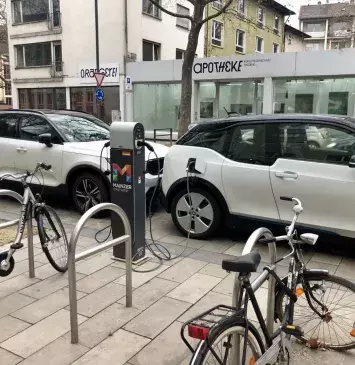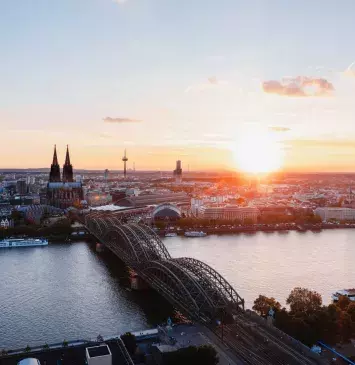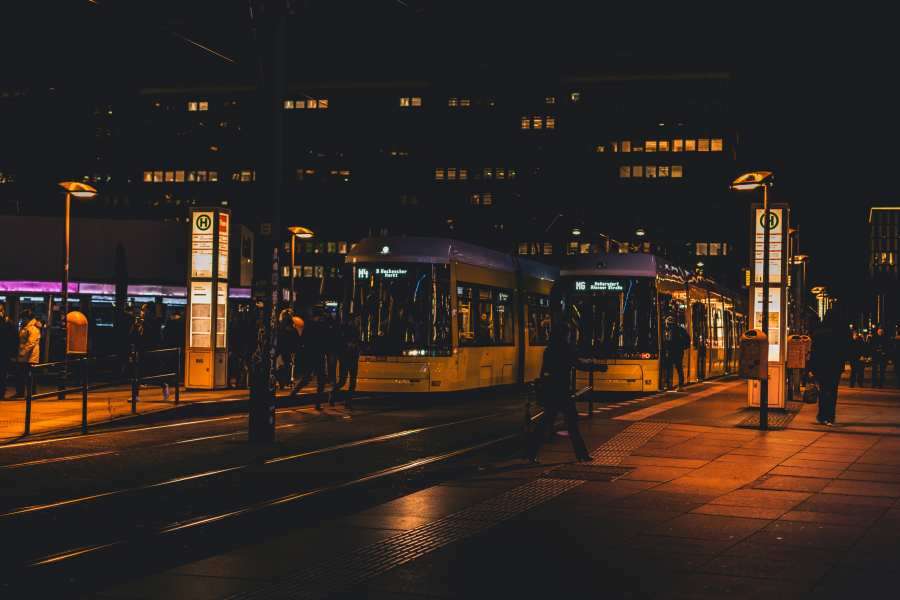
Saving energy with smart lighting
Smart Lighting
As much as 50% of municipal electricity budgets goes to lighting streets and buildings according to the Hessian Ministry of Economics. Sufficient lighting at night is necessary to ensure traffic safety and the sense of security of citizens moving through the city at night. Nevertheless, with the help of small measures, large savings potentials can be achieved without neglecting safety. In addition to the installation of LED bulbs in streetlights, smart lighting systems enable safer, more efficient energy consumption.
With the help of sensors, streetlights with smart lighting systems can detect whether pedestrians, cyclists or cars are approaching. If there are no people or vehicles in the vicinity, lights can be dimmed or turned off to reduce power consumption.
Sustainability check: How does smart lighting help?
- The widespread use of LEDs and smart lighting can lead to a lot of savings. In Barcelona, energy consumption was reduced by 30% as a result of such measures.
- Precise tracking of energy consumption.
- A sense of security is maintained. For example, this avoids creating dark cooridors and other low-visibility areas.
- Data on dimmed lanterns can provide information on movement patterns within the municipality.
Requirements: What is needed for smart lighting?
- A fiber optic network that is as well-developed as possible. This is the network to which sensors will be connected.
- Installation of LED light bulbs.
- Installation of smart lighting sensors and establishment of a network.
- The network can also be built out and expanded gradually.
Our rating:
Smart lighting offers great energy-saving potential without reducing the feeling of safety in the city. At the same time, networked street lanterns offer starting points for further sustainability and smart city solutions. For example, sensors that measure air quality can also be integrated into the lanterns. Cities such as Barcelona are also using Internet-connected street lanterns to provide public WiFi.
For this reason, it is recommended to take advantage of regular updates (such as replacing bulbs), to install sensors and build out the smart lighting network. This will help create versatile infrastructure from which many benefits can be derived in both the short- and long-term.
Which SDGS are addressed?
In order to create globally sustainable structures, the member states of the United Nations have set themselves 17 goals by 2030, which are set out in the 2030 Agenda for Sustainable Development.
More interesting products
Find more solutions to modern challenges in our urban spaces communities!
Smart Lighting
Adoptable solutions from the community
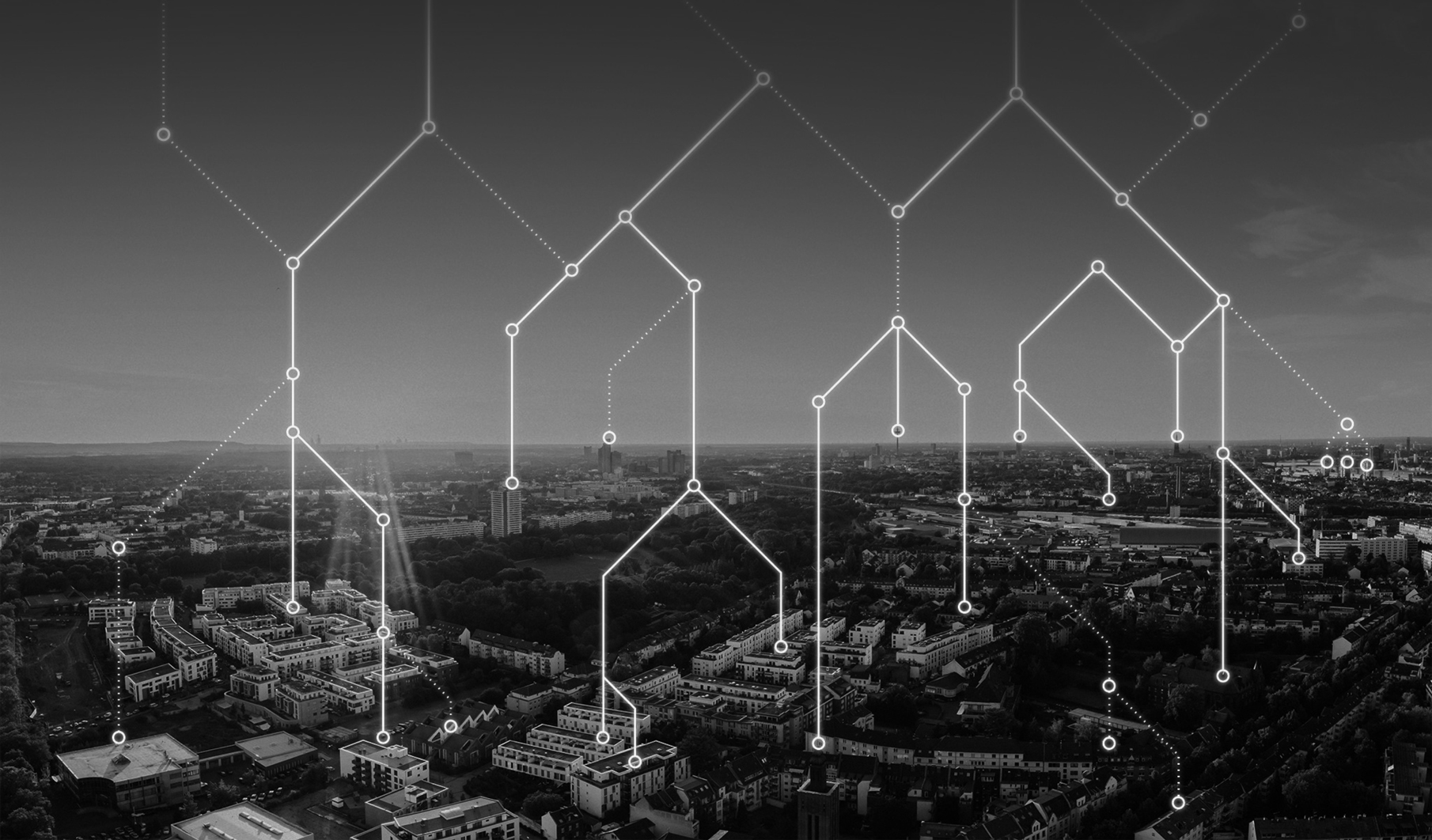
More current challenges
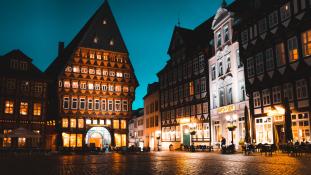
Reducing energy consumption
- 2 Solution(s)
- 1 Datasource(s)
